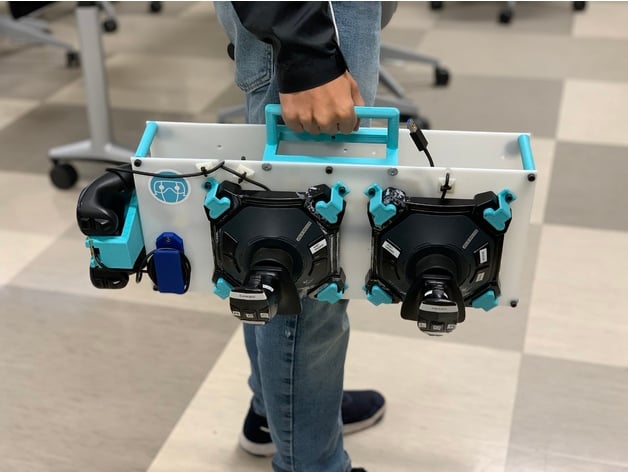

If the LED is solid or is continuously flashing without pause, the device is in a unrecoverable error. This is commonly known as POST (power-on self test). This LED is off during usual operation, and should only be on when the roboRIO is first booting, either from voltage being applied, or the reset button being pressed. The status LED has five possible states, and is determined by the number of flashes for every few seconds. Colorīrownout protection tripped, outputs disabled If the power LED is solid yellow, one of the brownout conditions have been detected, see the section below on more info on brownouts. If the power LED is flashing red, the input voltage is too high, over 16 V, and all outputs have been disabled. Check all your wiring to make sure there are no exposed terminals or other extraneous devices that may be drawing too much current from the roboRIO. If the status LED is solid red, one of the three voltage rails (6, 5, and 3.3 volts) are short circuiting or are drawing too much current. If it is green, it is in valid range with no faults.

If the LED is off, the voltage is either disconnected or under 4.5 V. The power LED has five states, off, green, red solid, red flashing, and yellow. There are 6 LEDs located on the top right of the roboRIO to indicate various statuses of the roboRIO and other devices connected to it. Robot off, roboRIO not powered or bad RSL wiring The Robot Status Light (RSL) is a safety feature that allows anyone in the proximity of the robot to know if the robot is enabled or not. These are pins 2 and 4, for output 0 and 1 respectively. There are also two Analog out ports located in the MXP. These are also standard 0.1 in pitch, three pin headers, with the other two channels being 5v and ground. These will take 0 to 5 volt input on the “S” channel, then relay the signal to the processor. There are four analog in ports on the bottom of the roboRIO. There are three more PWM headers avilable on the MXP header. 1 in Pitch, three pin headers, the same as on most speed controllers. There are 10 PWM cable ports along the right side of the roboRIO. The roboRIO features several types of ports designed for interfacing with various different FIRST regulated devices. It features several types of outputs in inputs, described in the “ports” section of this article. It was introduced in 2015 replace the cRIO(and subsequent cRIO II). The roboRIO is a robot controller manufactured by National Instruments.


 0 kommentar(er)
0 kommentar(er)
